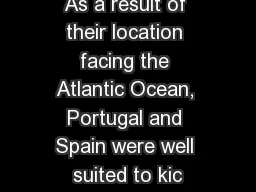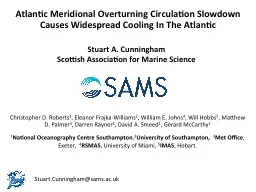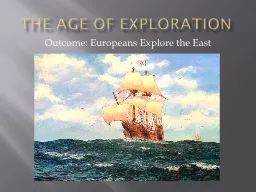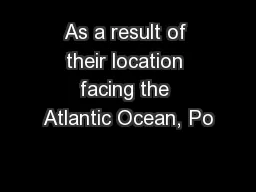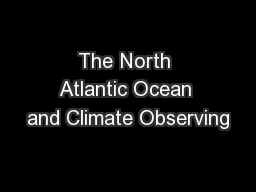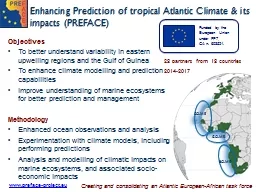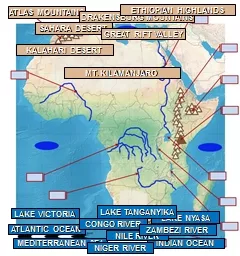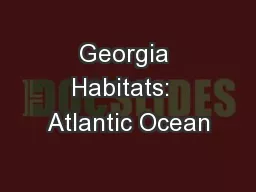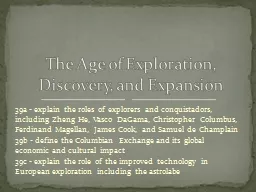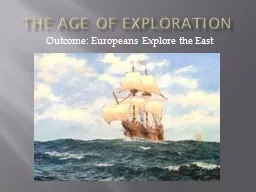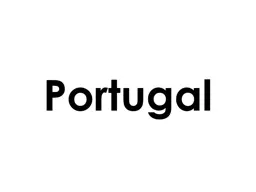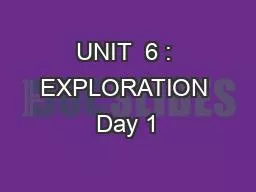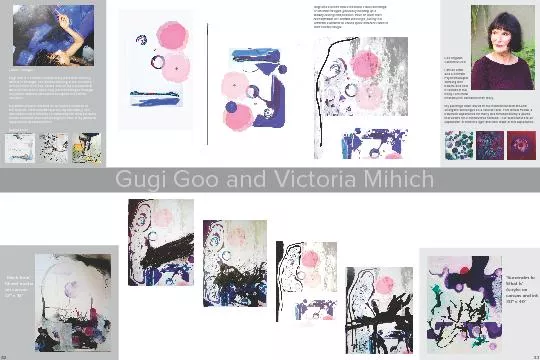PPT-As a result of their location facing the Atlantic Ocean, Portugal and Spain were well
Author : myesha-ticknor | Published Date : 2018-10-06
Portugal was first country to launch largescale voyages of exploration Begun largely due to efforts of Prince Henry son of King John I of Portugal Often called
Presentation Embed Code
Download Presentation
Download Presentation The PPT/PDF document "As a result of their location facing the..." is the property of its rightful owner. Permission is granted to download and print the materials on this website for personal, non-commercial use only, and to display it on your personal computer provided you do not modify the materials and that you retain all copyright notices contained in the materials. By downloading content from our website, you accept the terms of this agreement.
As a result of their location facing the Atlantic Ocean, Portugal and Spain were well: Transcript
Download Rules Of Document
"As a result of their location facing the Atlantic Ocean, Portugal and Spain were well"The content belongs to its owner. You may download and print it for personal use, without modification, and keep all copyright notices. By downloading, you agree to these terms.
Related Documents

